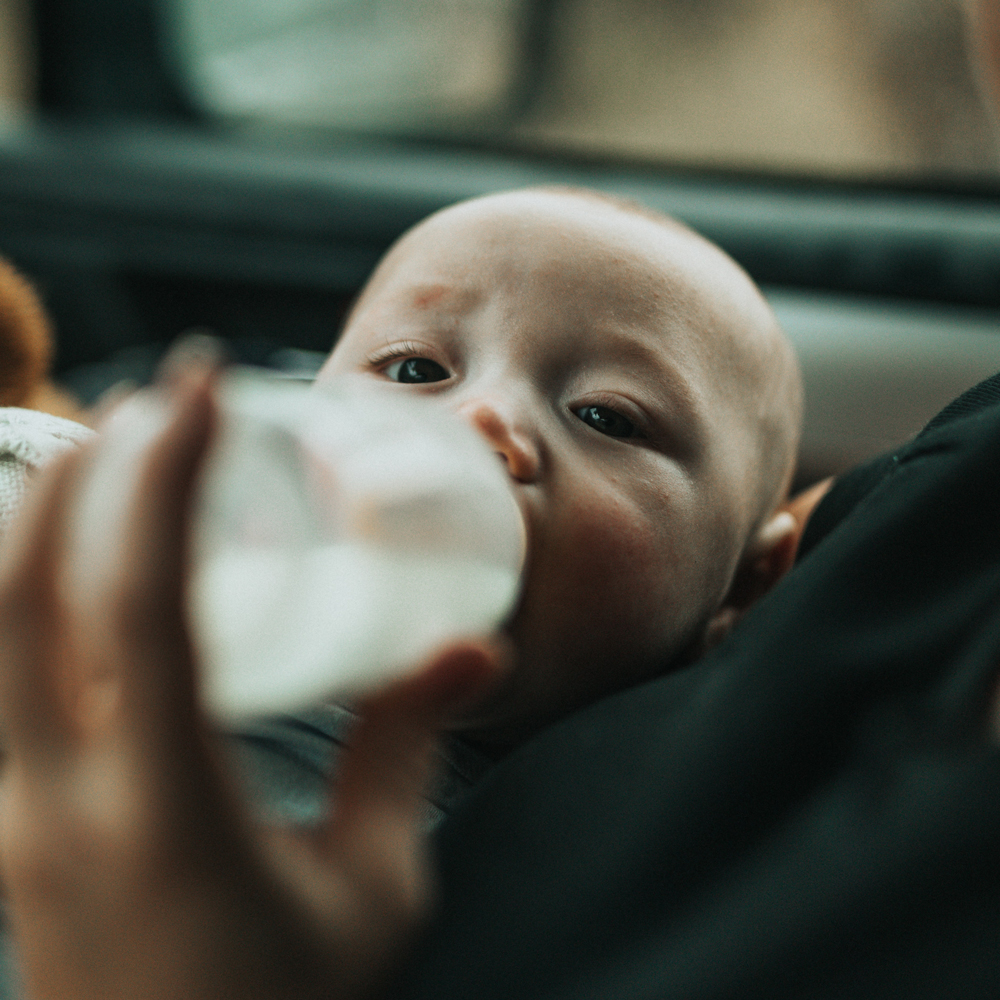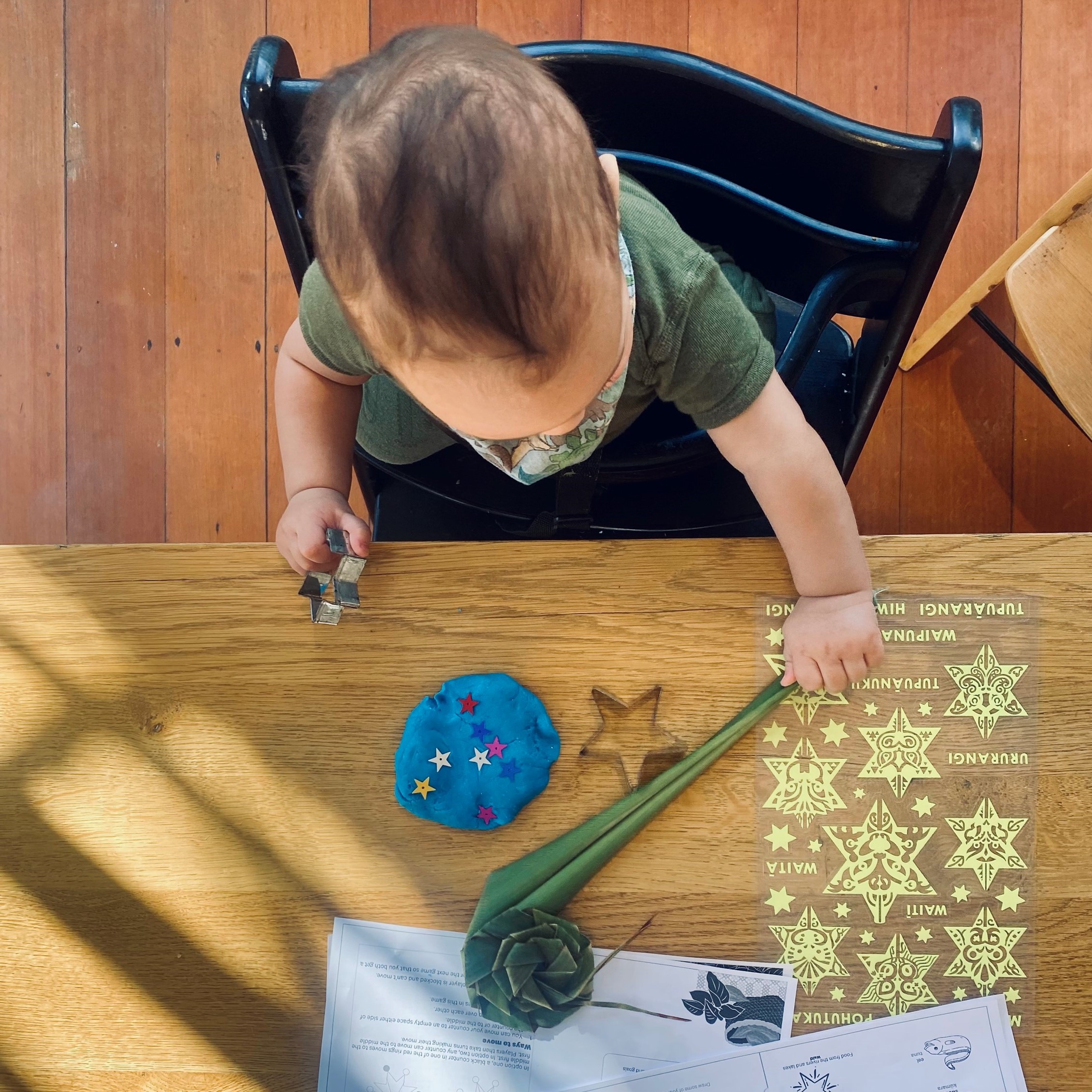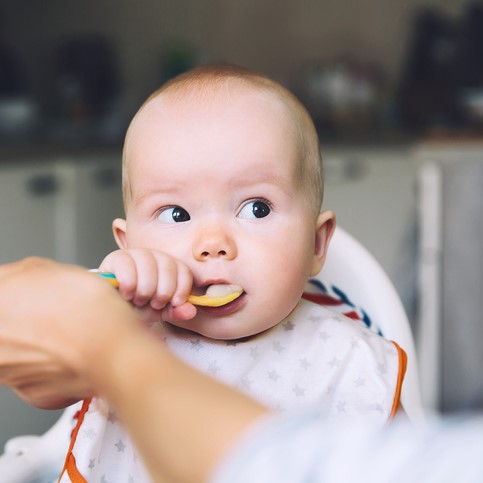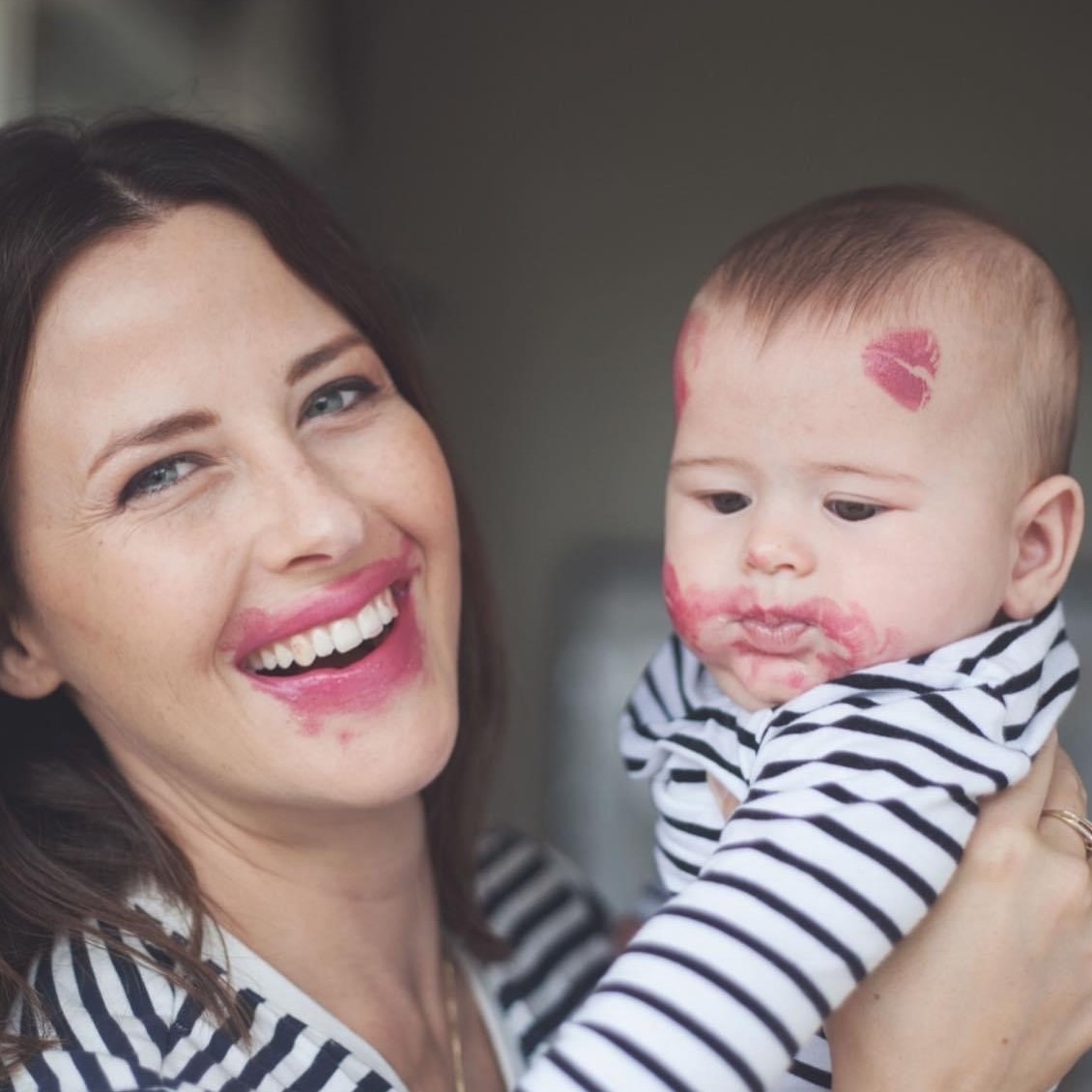Formula Feeding 101: How to Prepare a Bottle Safely
The World Health Organization (WHO) recommends that babies are exclusively breastfed for the first six months of life and continue to be breastfed alongside complementary foods for up to two years of age and beyond. When a baby does not receive breast milk, a scientifically developed infant formula is the only suitable and safe alternative.

A step-by-step how to for getting a bottle of formula ready for your pēpi, including how much formula to give them.
Each bottle of formula your pēpi has should be made fresh. If you use a previous bottle feed, you risk harmful bacteria growing and being ingested by your baby which could make them sick.
PREPARING SAFE WATER
For all of your baby’s formula feeds from birth until they’re three months old, you need to use water that is boiled and then cooled to room temperature on the day you use it.
It’s best to boil enough water to last the day – kettles must be boiled until they switch off and if boiling water on the stove, the water should be on a rolling boil for at least one minute. Then, transfer the boiled water to a sterile container and leave it to cool to room temperature before storing out of direct sunlight. It can be kept like this for up to 24 hours.
Note: It is not recommended to use bottled water as it is not sterile. If you are using bottled water, it too must be boiled and cooled before being used for your baby’s feeds.
Once your baby is over three months old – provided you live in a city or town – you can use water straight from the tap. It’s recommended to let the water run for 10-15 seconds before you collect it for their bottle. However, if you’re concerned about the water quality, keep boiling and cooling the water until your pēpi is 6 months old. If you get your water from a bore or tank, you must keep boiling and cooling the water until your pēpi is 18 months old.
HOW TO
- Ensure the surface that you’re preparing the formula feed on is cleaned with hot, soapy water and dried with a clean cloth or paper towel.
- Thoroughly wash your hands with soap and dry them well.
- Check the use-by-date on the label of your baby’s formula. If the can of formula is expired, you must not use it – it needs to be thrown out. Any tin that is opened must be used within one month.
- To find out how much powder and water you need to make up the feed, follow the manufacturer’s instructions on your baby’s formula can. It’s important to follow the instructions as adding more or less formula powder or water could make your baby unwell.
- Add the correct amount of (safe) water to a clean, sterilised bottle first.
- Next, measure the formula powder by using the scoop provided in the can. Level it with a knife before adding it to the bottle, but don’t pack it down in the scoop. Make sure you add the correct number of full, level scoops of formula powder according to the instructions.
Note: If the scoop gets wet, you mustn’t add it back into the can until it is cleaned, sterilised and dried throughly. - To put the teat on the bottle, you should avoid touching the part of the teat that will go in your baby’s mouth. Hold the edge to attach the collar and teat to the bottle.
- Cover the teat with the cap. To mix the formula, gently shake or swirl the bottle until the powder and water is combined.
- Time to feed your pēpi.
- The bottle of formula should be used within 2 hours. If there is any left after this time, it should always be thrown away.
It may be tempting to prepare your baby’s formula in advance but it’s best to prepare each feed just before they need it. If you have no other choice and need to store prepared formula, make it up in individual bottles and keep the bottles at the back of the fridge, in the bottom half where it’s 2-4°C. They should not be stored for more than four hours.
WARMING FORMULA
You may wish to warm your baby’s fresh formula feed to body temperature but it is not essential to do so. It is important to follow the instructions for safely preparing a bottle of formula before warming. You can either use a hot water bath where you place the bottle of prepared formula in a container of hot water until the formula is warmed or use a baby bottle warmer. Be sure to shake the bottle thoroughly to make sure the formula is evenly warmed throughout. It is not recommended to use a microwave as they can unevenly or overheat the formula, burning your baby’s mouth and throat.
When warming a feed, you should always check the temperature of the formula before giving it to your baby to ensure it is not too hot. Without touching the teat, drip some of the formula onto your wrist. If it feels just warm on your wrist then it is safe to give to your baby. Formula that is hot can cause serious burns to your baby’s mouth and throat.
Note: You should never reheat warmed or partially used feeds.
HOW MUCH DO I GIVE?
Most babies are fed on demand, whether breastfed or formula fed. There are some hunger signs to look for which will tell you when your pēpi is ready for their next feed.
How much your pēpi has for each feed will depend on their age, weight, growth rate and the time of day. Therefore, the amount they take can vary from baby to baby and over time.
There will be a general guideline for you to follow on the can of formula. If your baby is newborn, they will typically have 6-8 feeds within 24 hours during the first few weeks. The amount they will need will gradually increase as they grow, usually spacing out to 3-4 hours between feeds by the time they are around 2 months old. They may require more feeds in hot weather or if they are sick.
You can tell if your baby is having enough feeds by noticing that:
- They seem content and settled for a couple of hours after each feed.
- They are steadily gaining weight.
- They are having at least 6 wet nappies each day.
For further advice and information on safe formula feeding, read this booklet from the Ministry of Health.



